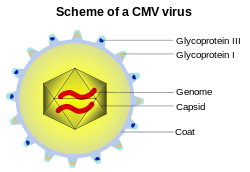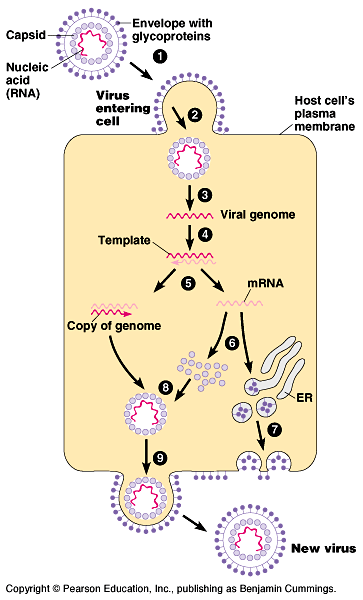Question #18704
1 Answer
Oct 26, 2014
For some viruses, the capsid is surrounded by lipid bilayer that contains viral proteins, usually including the proteins that enable the virus to bind to the host cells.
They may help viruses avoid the host immune system.

This lipid and protein structure is called the virus envelope, and is derived from the host cell membranes.
In general, nonenveloped viruses are more stable and can survive much longer in the environment.
There is no history of why some have the lipid envelope and why others do not.
Here you can see the lipid envelope being fused with the host cell membrane and then as new viruses are leaving the cell, they all pick up a part of the host cell lipid membrane.


